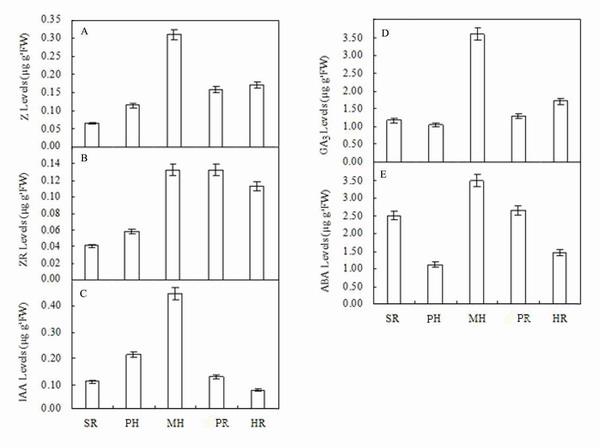The Interaction Between the Hemiparasitic Santalum album and Its Host
Santalum album is a small tropical tree. This species has been utilized, cultivated and traded for thousands of years for its fragrant, perfume and medicinal purpose.For these reasons it has been extensively exploited, to the point where the wild population is vulnerable to extinction. However, the tree is an obligate root hemi-parasitic tree. Cultivation of hemi-parasitic species is more complex than traditional monoculture. Relatively, little is known about the mechanism of the interaction of S. album and its host.
Dr. ZHANG Xinhua and their colleagues from Key Laboratory of South China Agricultural Plant Genetics and Breeding, South China Botanical Garden, The Chinese Academy of Sciences, investigated the physiological and anatomical attributes of haustoria tissues in hemi-parasitic S. album L. seedlings, growing accompany with the host, Kuhnia rosmarnifoliaVent., before and after attachment to the host. These results suggest that endogenous hormones are involved in the haustorial development of S. album and in water and nutrient transport in the host-parasite association. Many lysosomes present and large-scale digestion of host cells occur at the interface between the hemiparasite sandal tree and the host. The haustorial of S. album penetration into the host suggested there was a function of mechanical force and enzymatic activity.
The research lays a foundation for further study of the hemiparasitic mechaism of S. album. The results have been published in Journal of PlantPhysiology (2012, 169: 859-866). This work was supported by the National Natural Science Foundation of China (Grant Nos. 31100498 and 30972295), and the Natural Science Foundation of Guangdong Province (Y031061001).

Hormones changes during haustotial development.

Sandal seedling with its host Kuhnia rosmarnifolia.
File Download: